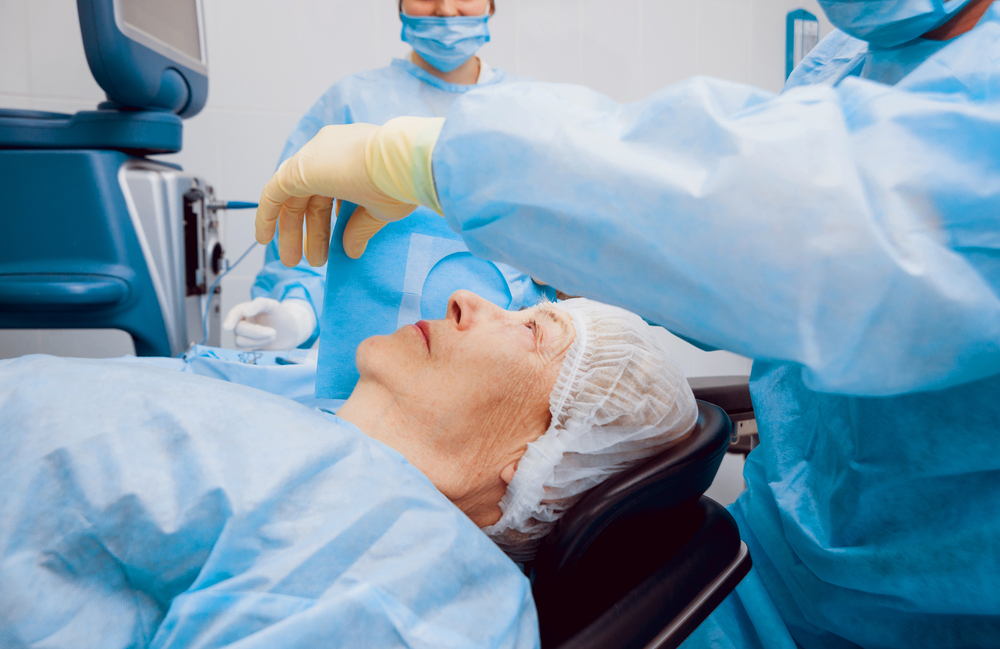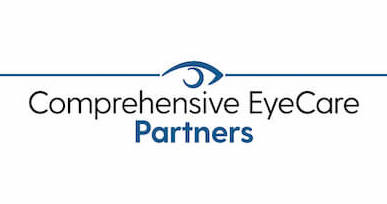
Cataracts are a natural part of the aging process that happens within the eye. While cataracts may seem inevitable, there is a proven treatment to restore the clarity of your vision: cataract surgery.
As one of the most commonly performed eye surgeries, cataract surgery is safe, effective and can even result in improved vision at one or more distances! Cataract surgery is usually an outpatient procedure that takes as little as fifteen to thirty minutes to complete.
Keep reading to learn more about what happens during cataract surgery!
Eye Drops
First, your cataract surgeon will instill anesthetic eye drops. These eye drops numb the eye area, so you will feel comfortable during the procedure.
Some patients find that light sedation helps them relax during the procedure.
Incision
Once the eye is numb, your cataract surgeon will make a small incision in your cornea, which is the transparent front part of your eye. This incision is very small and can be done using traditional surgical tools and techniques or with the assistance of laser technology.
Opening of the Capsule
Your eye surgeon then creates a circular opening in the front capsule, which is like a bag that holds your natural lens where the cataract is. Creating this opening is important as it gives your eye surgeon access to your lens for removal.
Breaking Up the Cataract
Your eye surgeon will then perform a common cataract surgery technique called phacoemulsification, which uses an ultrasonic device to break up your cloudy natural lens into small fragments. These fragments are then gently suctioned out of your eye, leaving the thin, clear capsule intact.
Intraocular Lens (IOL) Insertion
After the cloudy lens caused by cataracts is removed, an artificial intraocular lens, also called an IOL, is implanted in place of your natural lens. An IOL permanently replaces your natural lens and can improve your vision at one or more distances, depending on the IOL you choose.
Concluding Cataract Surgery
Once the IOL is in place, your eye surgeon will ensure it is correctly positioned. In most cases, the incision is self-sealing and won’t require stitches.
Cataract Surgery Recovery
Following cataract surgery, you will likely spend some time in a recovery area to rest and be monitored. Once you are ready to go home, you will be given instructions on how to best heal from the procedure.
Your eye doctor may also give you prescription eye drops to use to help prevent any infections or inflammation. Many people who have had cataract surgery report short recovery times and restored vision within days!
With your new IOL, you are guaranteed to be cataract-free for life! If you are worried that a cataract diagnosis means a lifetime of cloudy vision, cataract surgery can restore your vision.
After cataract surgery, you’ll be able to see the world clearly again!
How Do I Know When It’s Time For Cataract Surgery?
When you are first diagnosed with cataracts, you may not need cataract surgery right away. Since cataracts will gradually affect your vision, you may not notice symptoms until they have grown significantly.
Your eye doctor will recommend cataract surgery once your visual symptoms begin to interfere with your ability to complete your routine tasks. Through regular comprehensive eye exams, your eye doctor will help you determine when it’s time for cataract surgery.
Do you think you may be experiencing symptoms of cataracts? Schedule a cataract evaluation at Shepherd Eye Center at one of our 5 locations in Las Vegas or Henderson, NV, today!


